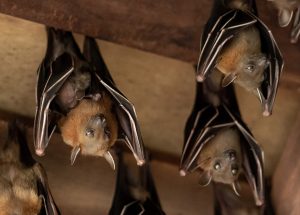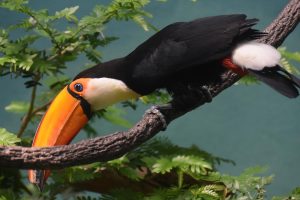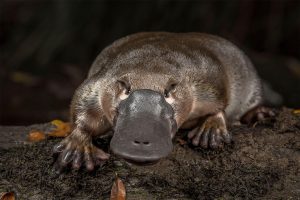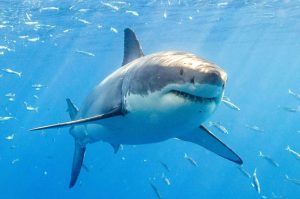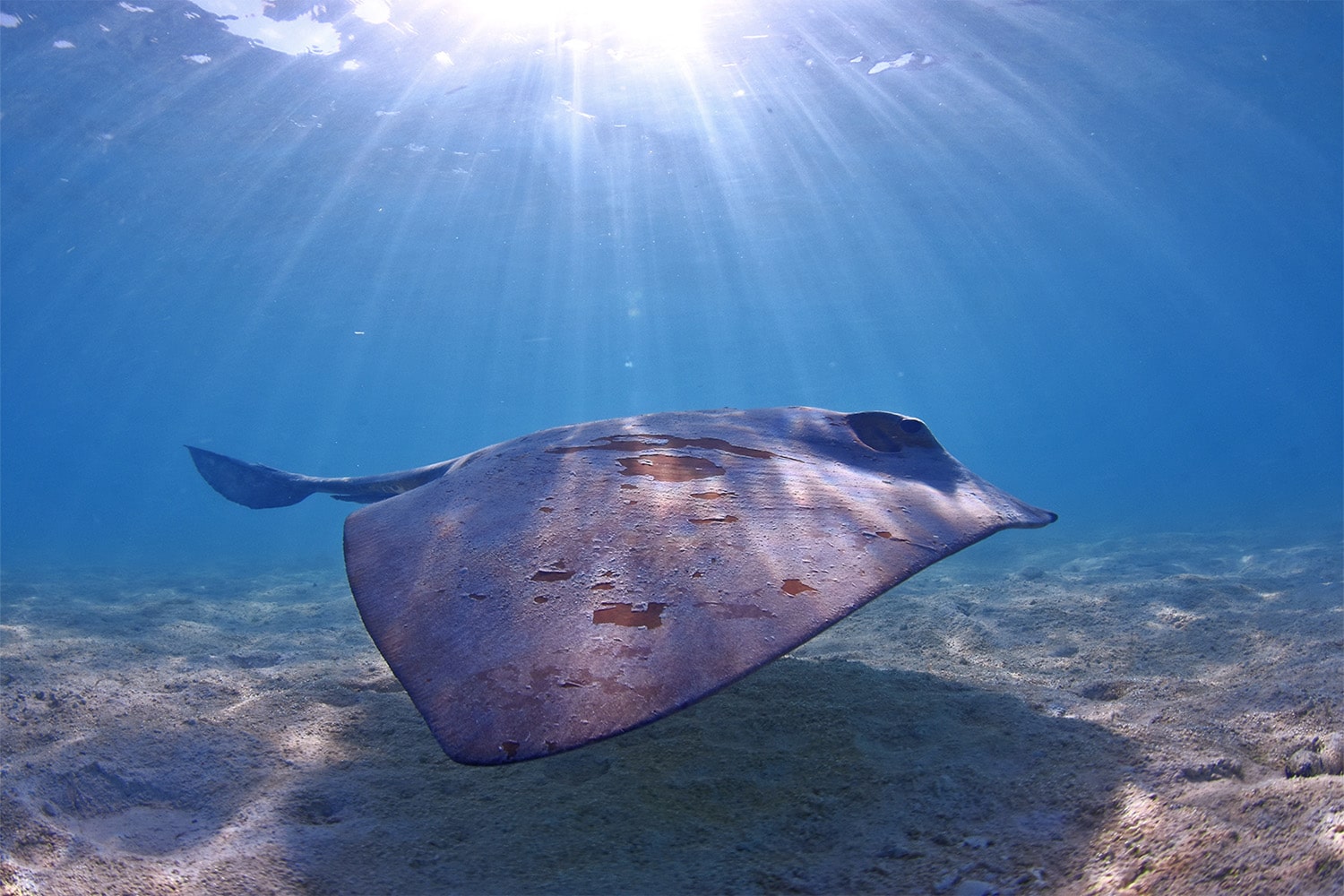
30 interesting facts about stingrays
- 👁️ 1056
Stingrays, with their distinctively flat bodies and long, whip-like tails, glide through the ocean’s depths like graceful phantoms. These fascinating creatures belong to a group of fish known as elasmobranchs, which also includes sharks and skates. Despite their often feared reputation due to their venomous stingers, stingrays are generally docile and pose little threat to humans unless provoked. Their unique adaptations, such as electroreceptors and a special mode of swimming, highlight the marvels of evolutionary biology. Here are thirty captivating facts about stingrays that illuminate their mysterious world beneath the waves.
- Stingrays are part of the Chondrichthyes class, which means their skeletons are made of cartilage, not bone.
- They use a super-efficient form of locomotion called undulation, moving their bodies in a wave-like motion.
- Stingrays have electroreceptors called ampullae of Lorenzini, which help them detect the electrical charges of their prey.
- The largest species of stingray is the giant freshwater stingray, which can reach up to 16 feet in length and weigh over 1,300 pounds.
- Stingrays’ mouths are located on the underside of their bodies, aiding in their bottom-feeding habits.
- They have spiracles on top of their heads, allowing them to draw water for breathing while buried in sand.
- Most stingrays have one or more barbed stingers on their tail, which they use only for self-defense.
- The venom of a stingray can be extremely painful to humans but is seldom life-threatening.
- Stingrays give birth to live young, a process known as viviparity.
- Baby stingrays are called pups, and they are born fully formed and independent.
- Some species of stingrays can change color to blend in with their surroundings, a camouflage technique known as cryptic coloration.
- Stingrays are mostly solitary but can be found in groups while feeding or during migration.
- Their diet mainly consists of mollusks, crustaceans, and small fish.
- Stingrays are preyed upon by sharks, seals, sea lions, and large species of carnivorous fish.
- The lifespan of a stingray can vary significantly between species, with some living up to 25 years.
- They have a unique mating dance, where males follow females in a synchronized pattern.
- The tail of a stingray can regenerate if it is broken off.
- Unlike most fish, stingrays do not have a swim bladder and rely on their pectoral fins for buoyancy.
- Some indigenous cultures consider stingrays to be sacred and associate them with various myths and legends.
- Stingrays have a keen sense of smell and can detect prey buried in sand or mud.
- The group of stingrays is known as a fever.
- Stingrays’ skin is covered in a mucous membrane that protects them from parasites and infections.
- The spots and patterns on some stingrays’ backs are as unique as human fingerprints.
- Scientists study stingrays to understand more about their navigation and sensory capabilities.
- In certain parts of the world, stingray barbs are used as spear tips and tools.
- Stingrays play a crucial role in their ecosystem by maintaining the population balance of bottom-dwelling organisms.
- The Manta Ray, often mistaken for a stingray, belongs to the same family but lacks a venomous stinger.
- Stingrays can bury themselves in sand within seconds to hide from predators or ambush prey.
- Some stingray species are capable of producing sounds by vibrating their bodies.
- Stingrays contribute to ecotourism, with snorkelers and divers seeking to observe these creatures in their natural habitat.
In conclusion, stingrays are an intriguing and vital component of marine ecosystems. Their unique physical characteristics, behaviors, and interactions with the environment make them a subject of fascination and study. Despite the fear their venomous barbs might incite, stingrays are predominantly peaceful creatures that play a significant role in the health of oceanic ecosystems. Understanding and appreciating these remarkable animals can lead to better conservation efforts and a deeper appreciation of the biodiversity of our oceans.
